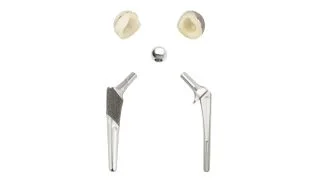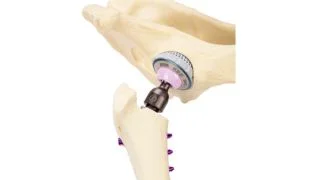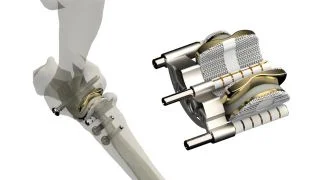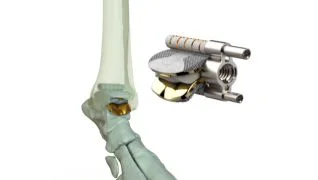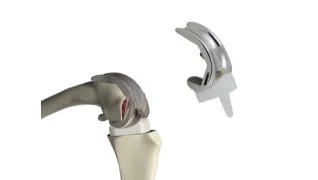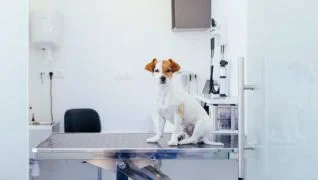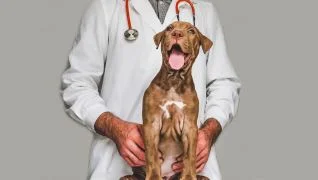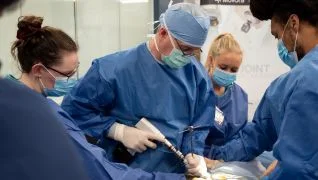Values & Promises
KYON’s core values underpin our company culture to fulfill our purpose: pioneering, partnering and progressing. We continue to invent, design, clinically validate, manufacture, collaborate and educate. You can expect better solutions through pioneering, better support through a partnership approach in every discipline and the best outcomes for the client and our business partners.
With over 20 years in the market, we understand there is little room for mistakes when treating patients. We seek to observe, understand and solve everyday challenges of veterinary professionals and provide solutions that aim to improve the quality of life of companion animals. Without compromise.
Our Values and Promises
Pioneering
Procedures are pioneered by leaders in veterinary orthodpedics.
Partnering
Certified veterinary hospital surgeons, in over 25 countries
Progressing
Certified veterinary hospital surgeons, in over 25 countries
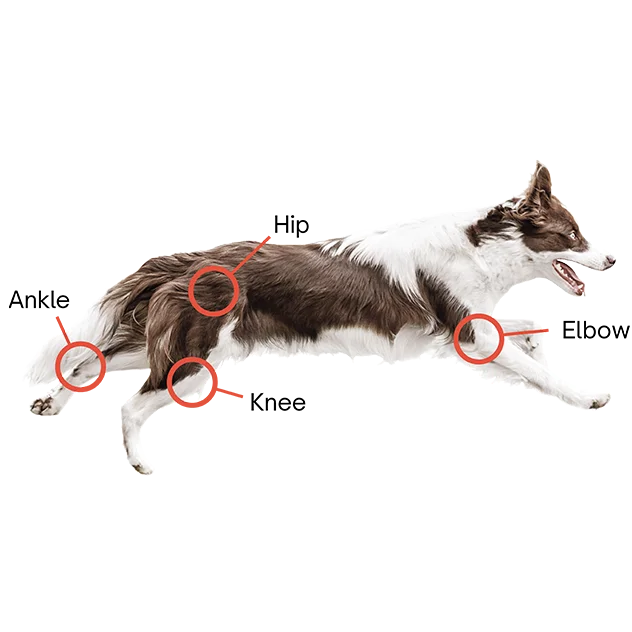
100,000+ Total Joint Replacements to date
Total Joint Replacement isn’t just for humans – it’s an option for companion animals, too! In fact, it’s often the only option for restoring complete pain-free mobility while preventing the recurrence of osteoarthritis of the joint.
With over 55 years of research and implant development across our portfolio of brands, we are proud to offer a variety of joint replacement options for Elbows, Knees, Ankles, and Hips.
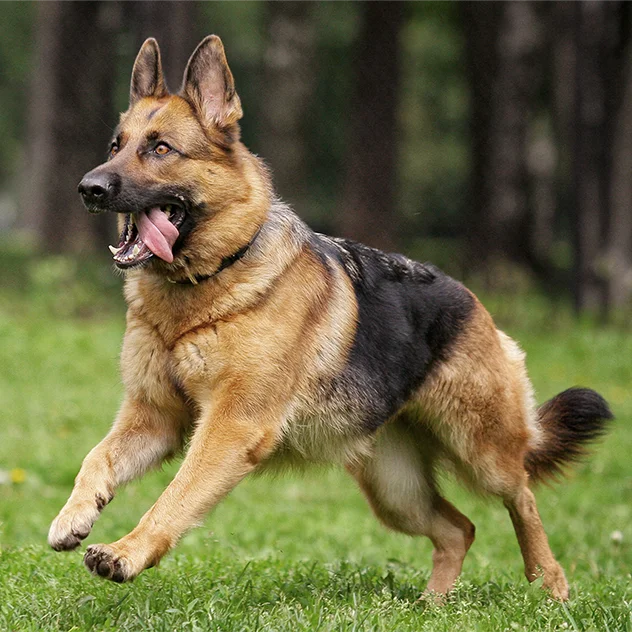
Movora Solutions for Joint Replacement
There are surgical solutions for Elbows, Knees, Ankles, and Hips. Learn more about these options for addressing osteoarthritis from the innovators of Movora. We are proud to offer the most advanced systems available on the market.
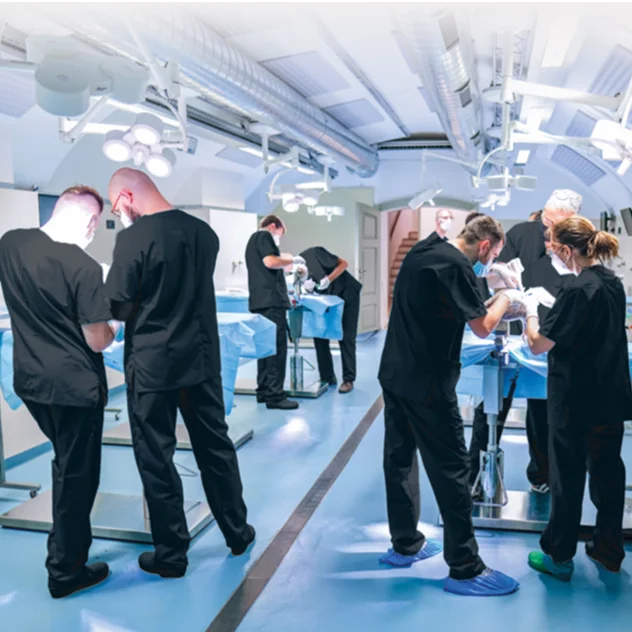
Advance your Total Hip Replacement Education
Movora offers a range of Total Hip Replacement educational opportunities for Veterinarians, Surgeons, Surgical Residents, and Veterinary Technicians. We offer hands-on workshops and online courses to learn to perform the procedure, as well as online courses to understand the techniques in enough depth to counsel pet parents on which options are right for their pets.
Total Hip Replacement (THR) Knowledge Center - For Pet Parents and Veterinarians
Browse hip dysplasia and total hip replacement resources that can be downloaded and shared with pet owners and veterinarians.
Hip Dysplasia Treatment Options
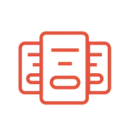
Questions? Need a THR surgeon?

Information for Vets about THR Options
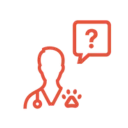
Share this Resource


What is Hip Dysplasia?
Hip dysplasia is an abnormal development and growth of the hip joint. Both hips can be affected but symptoms may be more severe on one side. It is manifested by varying degrees of laxity (looseness) of the hip joint with instability and malformation of the joint components. Arthritis, severe pain, and decreased mobility are long-term consequences. Various treatments are available.
Hip Dysplasia Treatment Options Comparison Chart
Download and share this FAQ with veterinarians or pet owners.
Conservative (Nonsurgical) Treatment
Surgery A: Double or Triple Osteotomy (DPO/TPO)
Surgery B: Femoral Head Ostectomy (FHO)
Surgery C: Total Hip Replacement (THR)
What does it involve?
Weight optimization medication (NSAIDs), modified activity, physical therapy, joint treatments (oral supplements, joint injections), and/or acupuncture.
Pelvic bones are cut, and the hip socket is rotated to cover the ball of femur and make hip more stable.
Procedure removes the top “ball” part of the hip joint. Ball and socket boney joint becomes a soft tissue muscle joint.
Diseased joint is replaced with state-of-the-art surgical implants for a pain-free joint surface.
When is this approach appropriate for my pet?
At any age, when surgery isn’t indicated or possible.
6 – 10 months old (depending on breed). Joint anatomy must be near normal and joint must be free of evidence of arthritis.
At any age. This is a “salvage” procedure with no guarantee of a return to full normal function. Rehabilitation therapy is an essential part of recovery. Often considered a last resort.
When conservative therapy is no longer working or is a poor option due to the severity of the hip problem. Possible from 7-8 months old. For dogs 5.5lbs (2.5kg) – 170lbs (77kg) and cats.
What’s the goal of this treatment?
Manage symptoms to improve mobility, comfort, and function. May not be fully effective. Arthritis will progress over time despite treatment.
Reduced hip laxity. Improves “fit” of bone of hip joint. Hopes to lessen progression of arthritis.
Hopes to decrease joint pain by removing the contact between the bones of the hip joint. Hip pain can persist despite surgery.
Provides a complete solution by eliminating pain and restoring full mobility. As in human orthopedics, this is the gold-standard.
What’s the risk of this approach?
Disease progression leading to chronic pain. Decreased joint function. Increasing lameness. Cost and risks associated with lifelong medication and adjunctive therapies
Normal risk associated with surgery*. Failure to heal as expected. Progression of arthritis with return of hip pain.
Normal risk associated with surgery*. Persistent gait abnormality. Lameness. Reduced hip mobility. Shortening of the limb. Persistent hip pain.
Normal risk associated with surgery*. Possible femoral fracture or implant failure. Most complications can be successfully resolved.
What is the duration of this treatment?
Duration of pet’s lifetime.
Strictly limited exercise following surgery while bone heals, typically 6-8 weeks. Often both hips require surgery, staged procedures one after another.
Weight bearing and rehabilitation exercises are encouraged within days of surgery. Recovery to “best outcome” may take up to or beyond 12-16 weeks.
Strictly controlled activity for the initial 6 weeks followed by a gradual return to regular activities by 12-16 weeks.
*All surgical procedures carry some low risk for complications. These might include anesthesia risk, surgical infection, bone fractures, implant failures, soft tissue, and nerve injury. Many complications can be successfully resolved. Your pet’s surgeon will provide specific instructions on how best to manage your pet during the postoperative period. Careful adherence to postoperative instructions is essential for minimizing the risk of complications.
Title
Exploring Solutions with Total Hip Replacement (THR) for Pets
Discover how total hip replacement (THR) can address hip pain and improve mobility in pets. Get answers to your questions about the procedure, recovery, and its advantages over other treatments.
Frequently Asked Questions - Veterinarians
Download and share this FAQ with your vet or your pet owners. This resource provides crucial details about total hip replacement (THR), covering when it's the right choice, what the surgery involves, and the benefits for pets with various hip conditions.
Have questions? Contact us.
Hip Dysplasia & Total Hip Replacement: Your Questions Answered
Find answers to common questions about hip dysplasia in dogs and cats, including symptoms, diagnosis, non-surgical and surgical treatment options, and detailed information about total hip replacement (THR) surgery, recovery, and costs.
Frequently Asked Questions - Pet Parents
Download and share this FAQ with your vet or your pet owners. This in-depth resource helps pet parents and veterinarians collaborate on finding the best course of action for companions.
Need help finding a recommended THR Surgeon? Contact us.
Order Kyon Products Now
Get the industry’s best veterinary products delivered fast with Movora. From orthopedic implants to surgical essentials, our innovative solutions are trusted by leading veterinarians worldwide. Shop now for top-tier products designed to improve patient outcomes and streamline your practice.
Shop now and enjoy fast, reliable delivery. Every order brings you one step closer to exceptional patient care—because pets deserve nothing less.
Local Support.
Online store:
Learn more about KYON
Phasellus tincidunt placerat tempor. Donec auctor in metus in hendrerit. Praesent dolor ante, aliquet sed neque eget, varius iaculis augue. Donec mattis tincidunt feugiat

